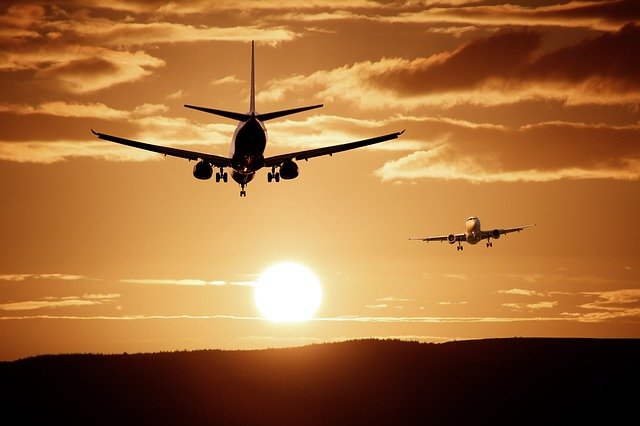Aviation is a safe industry, but accidents still happen. In 2022, there were 137 plane accidents with fatalities worldwide, according to the International Civil Aviation Organization (ICAO).
Artificial intelligence (AI) has the potential to improve flight safety. An example of this is Air Guardian, an AI co-pilot system developed by the MIT Computer Science and Artificial Intelligence Laboratory (MIT-CSAIL).
Air Guardian uses a combination of sensors, cameras and machine learning algorithms to detect early signs of risk. For example, it can detect if a pilot is distracted or if the plane is about to enter an area of turbulence.
If a risk is detected, Air Guardian alerts the pilot and offers recommendations for taking corrective measures. The system can also intervene automatically to prevent an accident.
Air Guardian consists of three main components:
- Sensors: The system uses a combination of sensors, such as cameras, radars, and proximity sensors, to collect information about the aircraft's environment.
- Cameras: Air Guardian uses cameras to detect pilots' attention. For example, it can detect if a pilot is looking away or distracted.
- Algoritmos de aprendizaje automático: Air Guardian utiliza algoritmos de aprendizaje automático para analizar la información recopilada por los sensores y cámaras. Estos algoritmos están entrenados en un conjunto de datos de vuelos reales y simulados.

Air Guardian can perform a number of functions to assist pilots, including:
- Alert pilots of potential risks. Air Guardian can detect early signs of risk, such as a distracted pilot or a plane that is about to enter an area of turbulence.
- Offer recommendations to pilots. If a risk is detected, Air Guardian alerts the pilot and offers recommendations for taking corrective measures
- In critical situations, Air Guardian can intervene automatically to prevent an accident.
Air Guardian has been tested in a simulator and in field tests with real pilots. The results have been positive, showing that the system can help pilots avoid accidents.
It seems clear that the system helps improve flight safety, but it is also clear that it can reduce the number of pilots from two to one, and that could mean reducing the need for pilot numbers by almost half. Something that will please the airlines and displease the pilots.
The system is still in development and it remains to be seen how it evolves, since I doubt that the pilot associations will show much confidence in something that can leave them without a job.
But it must be recognized that it is a very promising technology, and more or less similar systems will soon appear. It is the sign of the times. When AI appeared, most thought that it would eliminate more or less routine and low-level jobs, but we see that it will also affect high-level jobs. And pilots do not seem to be an exception.
As always, time will tell us how everything turns out.

